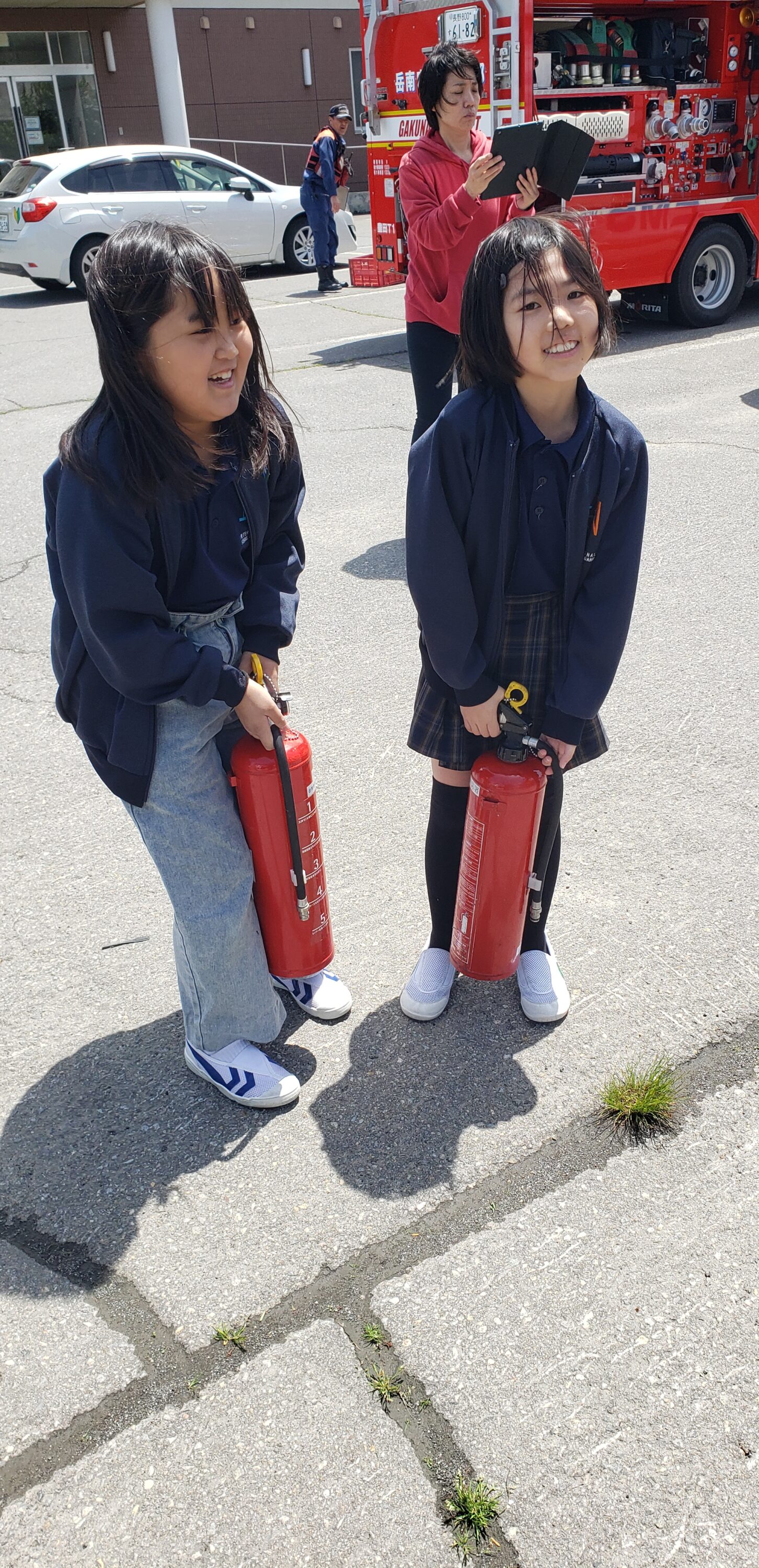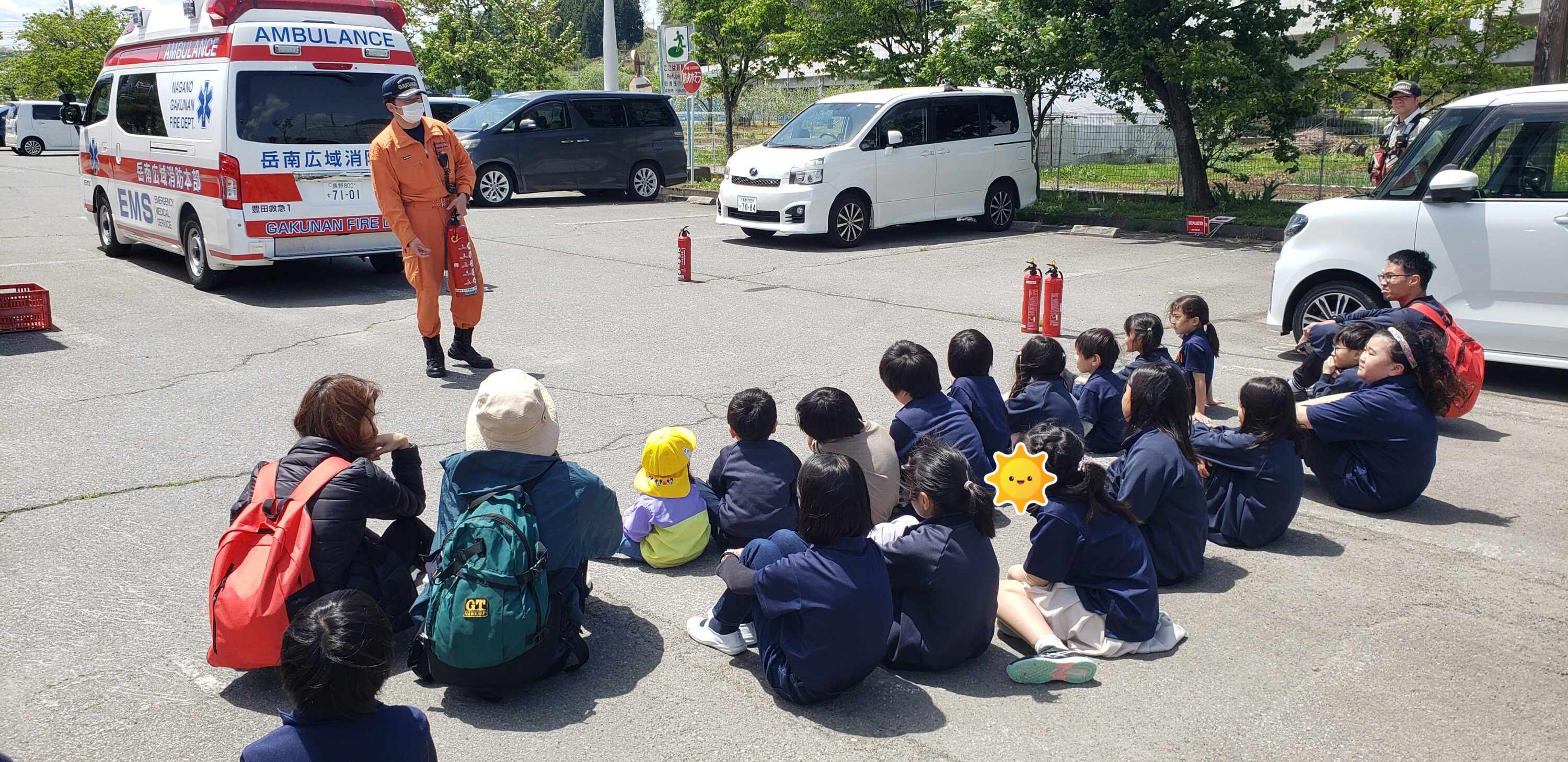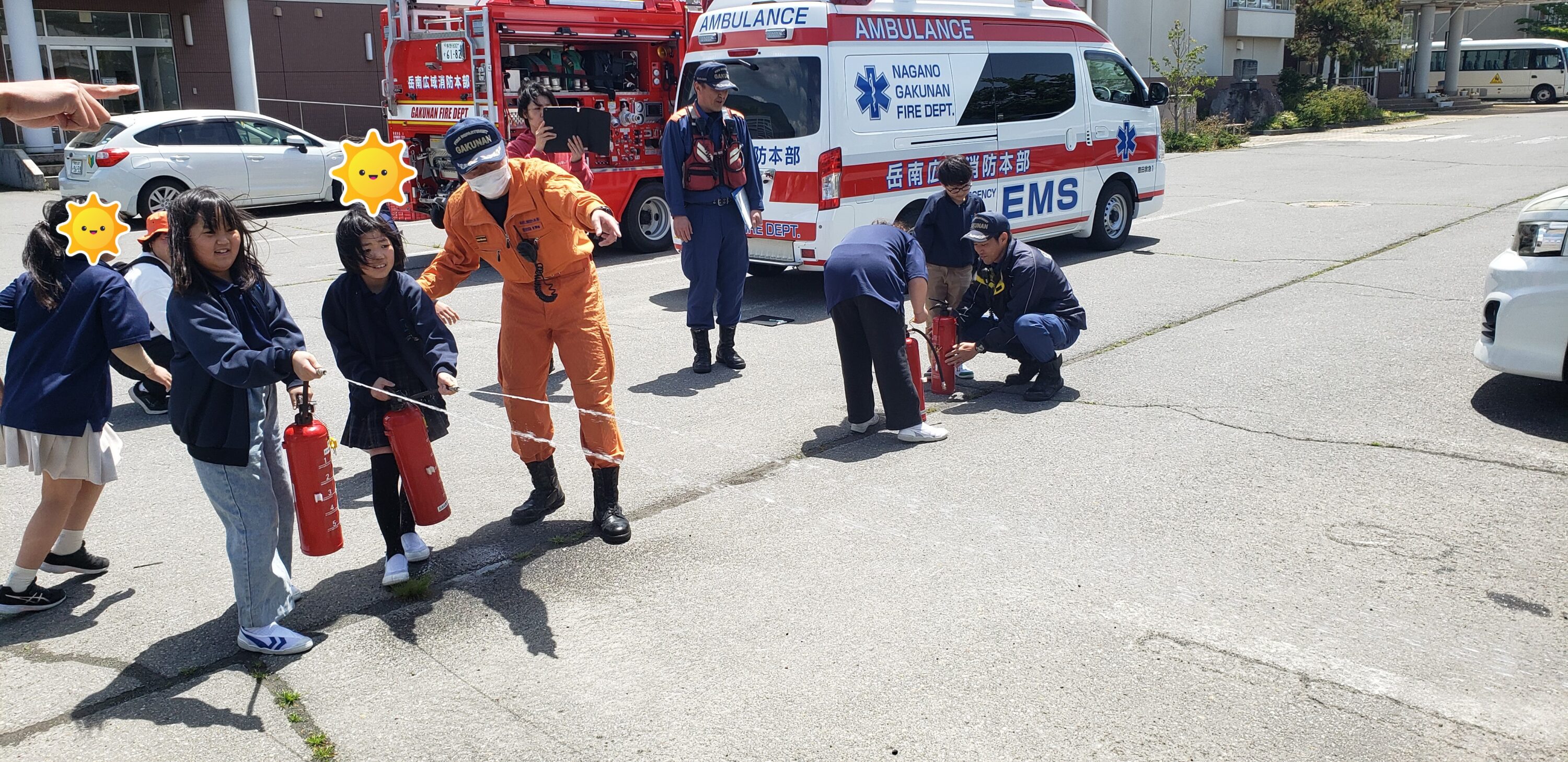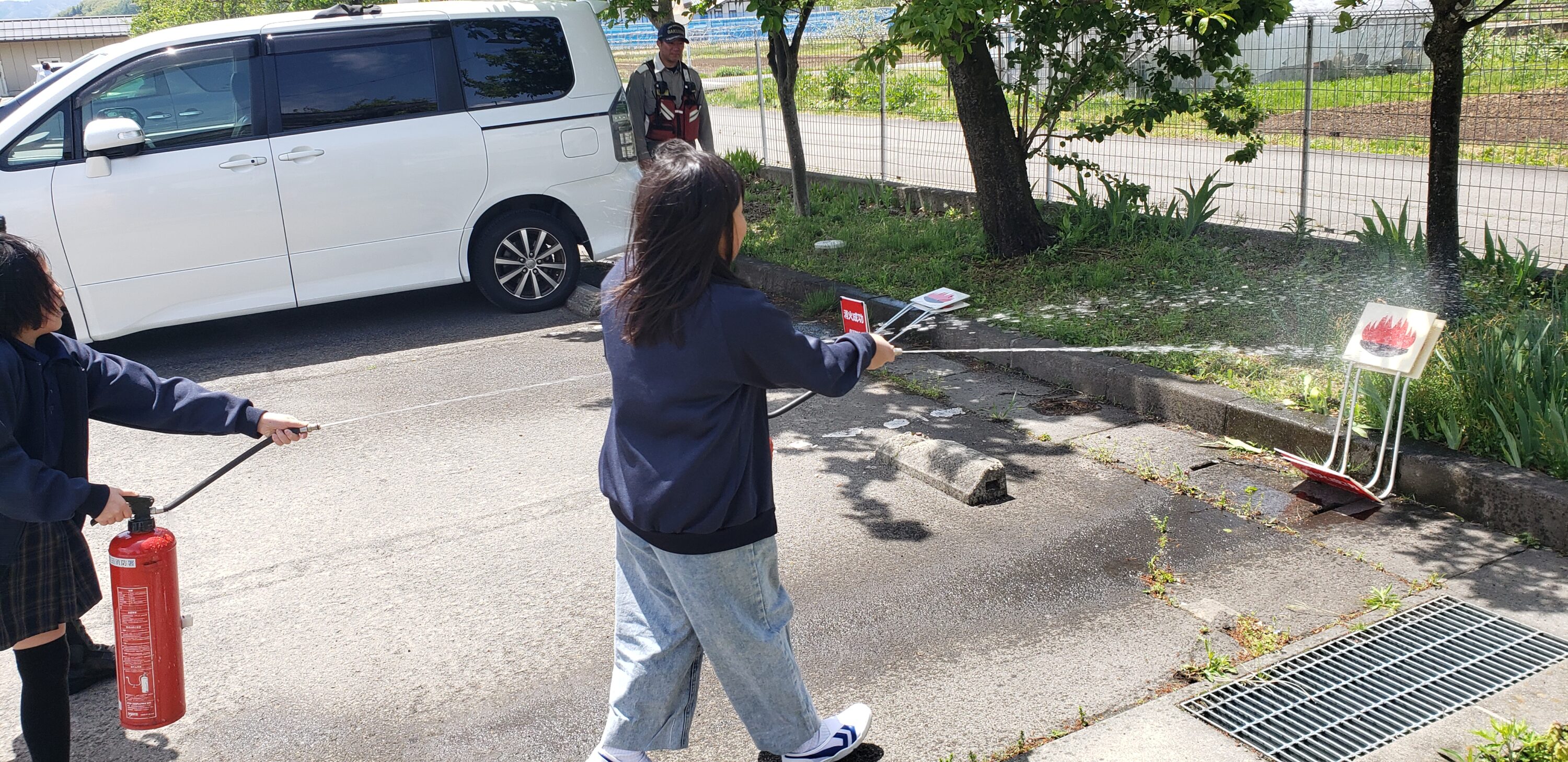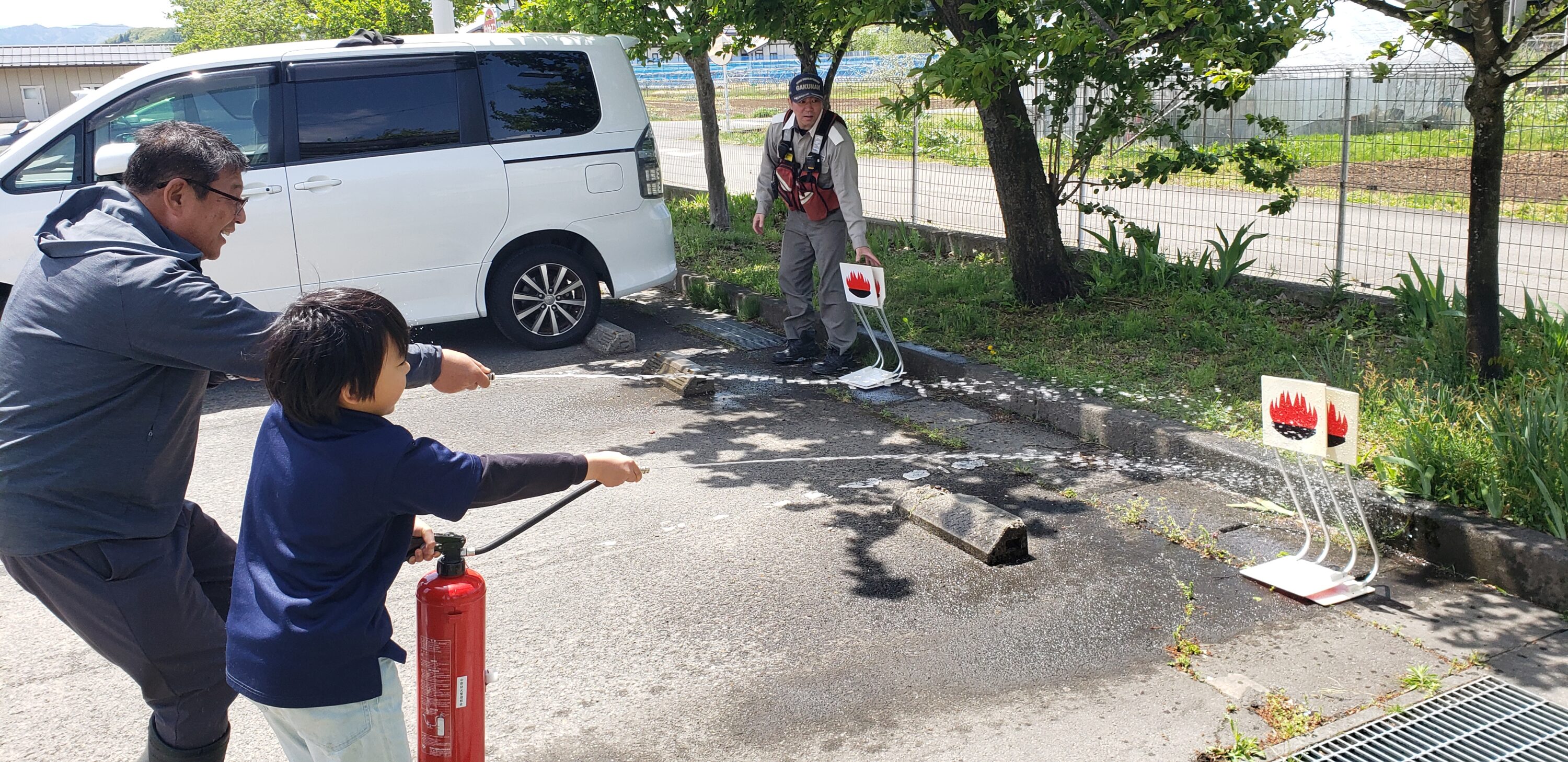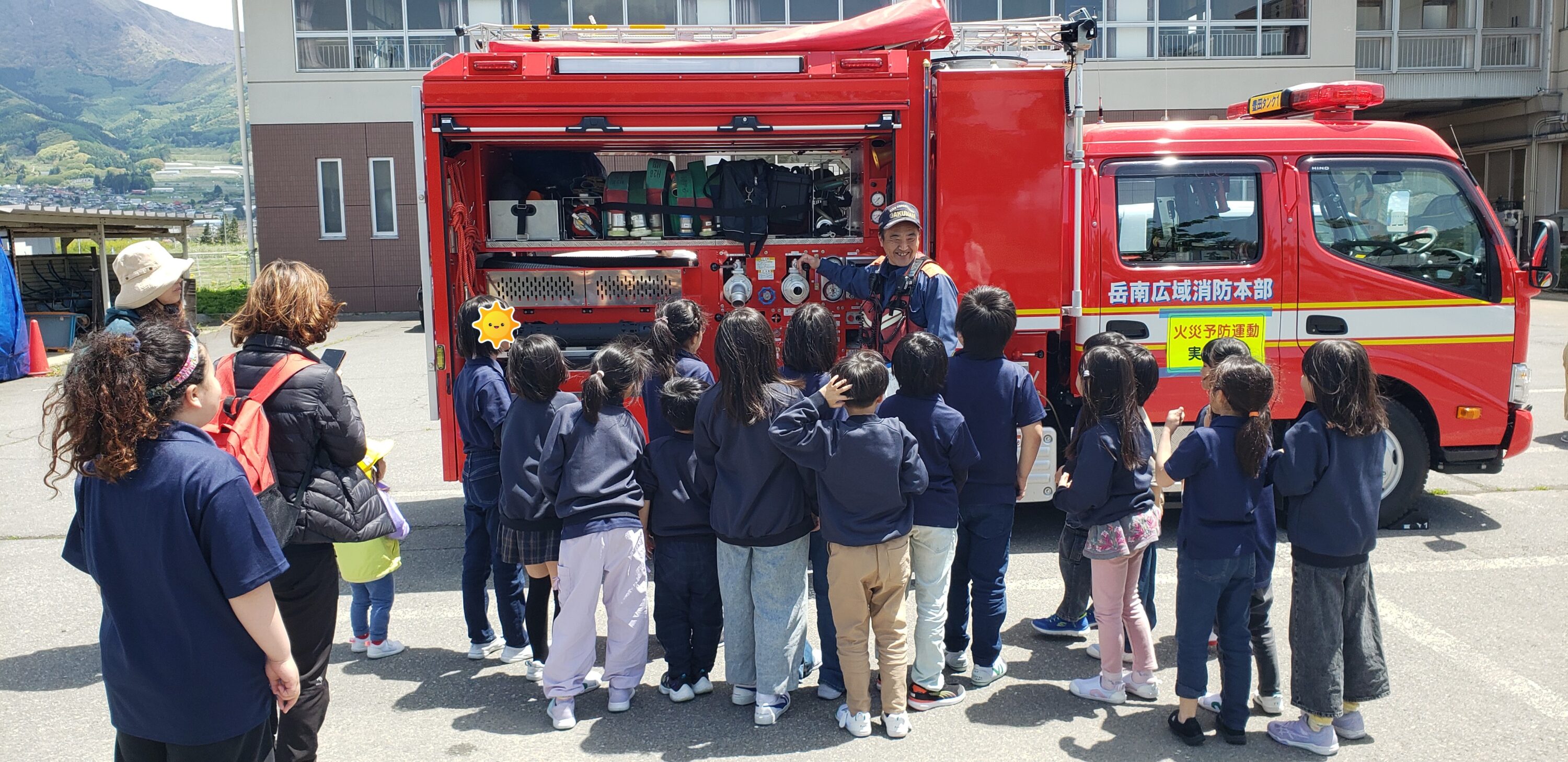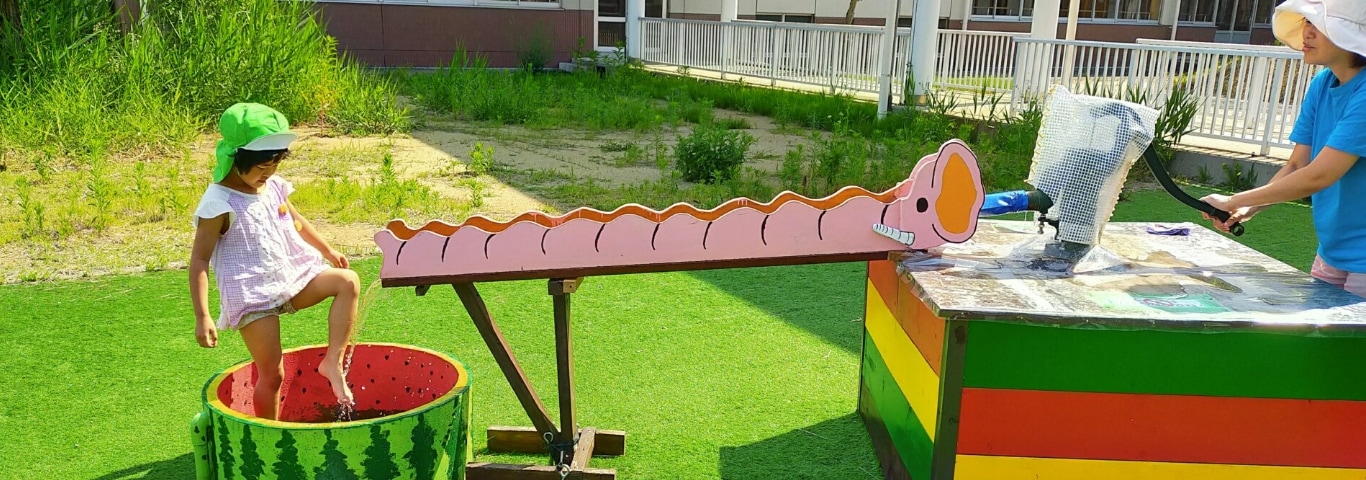Inquiry (Energy sources and transformation)
To wrap up our energy unit, the Grade 3, 4, and 5 students worked in teams to create and present their very own Energy Guidebooks—digital books designed to teach younger students, like Grade 1, all about energy. Each group included important topics such as what energy is, types of energy, sources of energy, and how energy transforms. They also shared examples of how we use energy in daily life and reflected on what they learned throughout the unit.
The students thoughtfully organized their information and added creative visuals to make the guidebooks fun and easy to understand. It was wonderful to see how confidently they presented their work to the class. This project showed not only how much they’ve learned but also how well they can teach others!
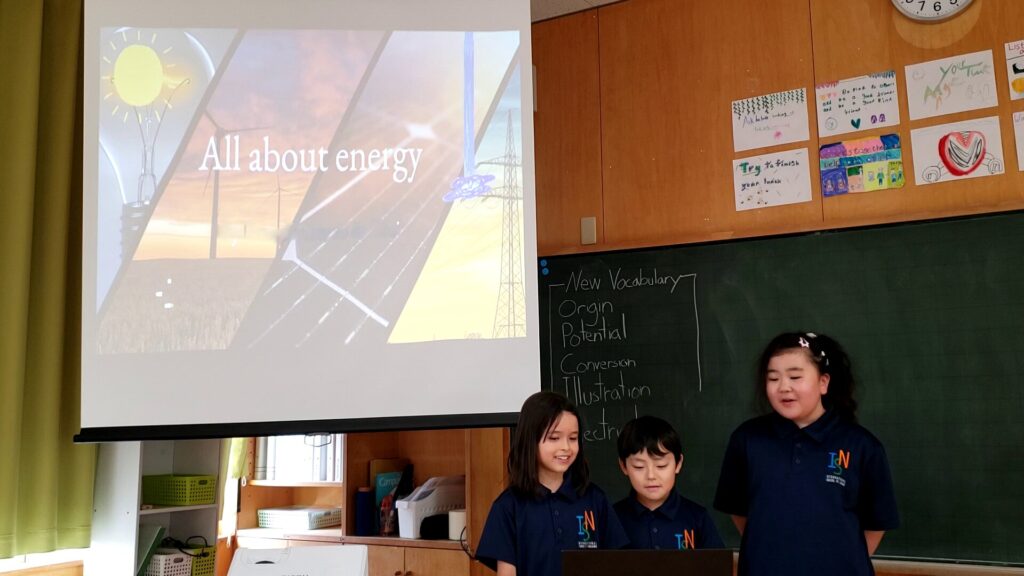
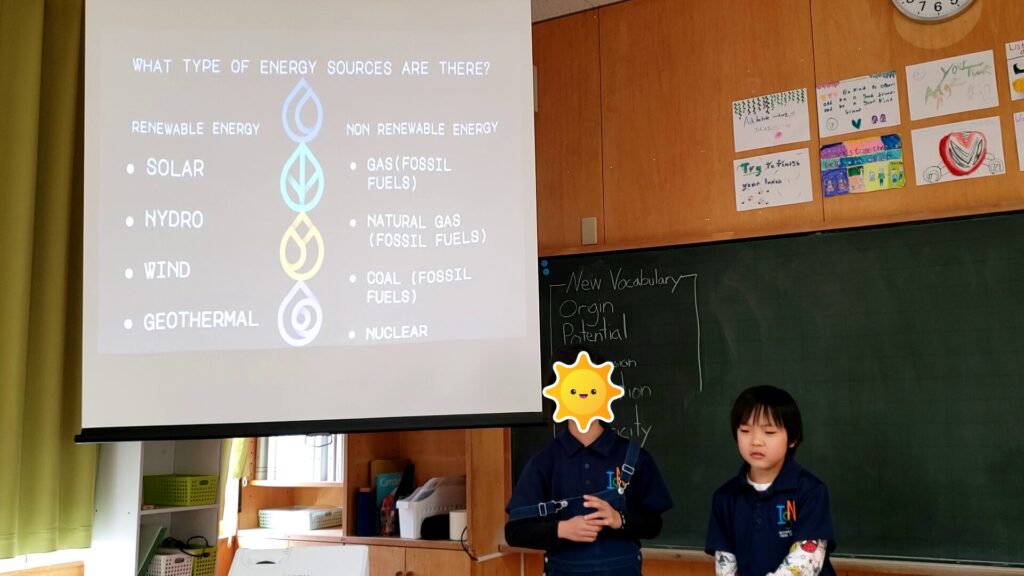
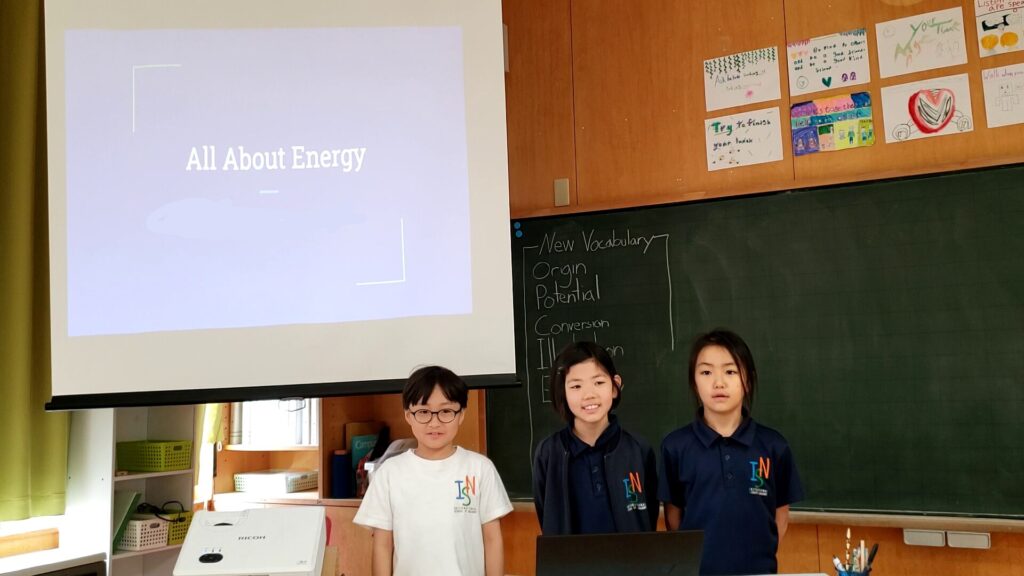
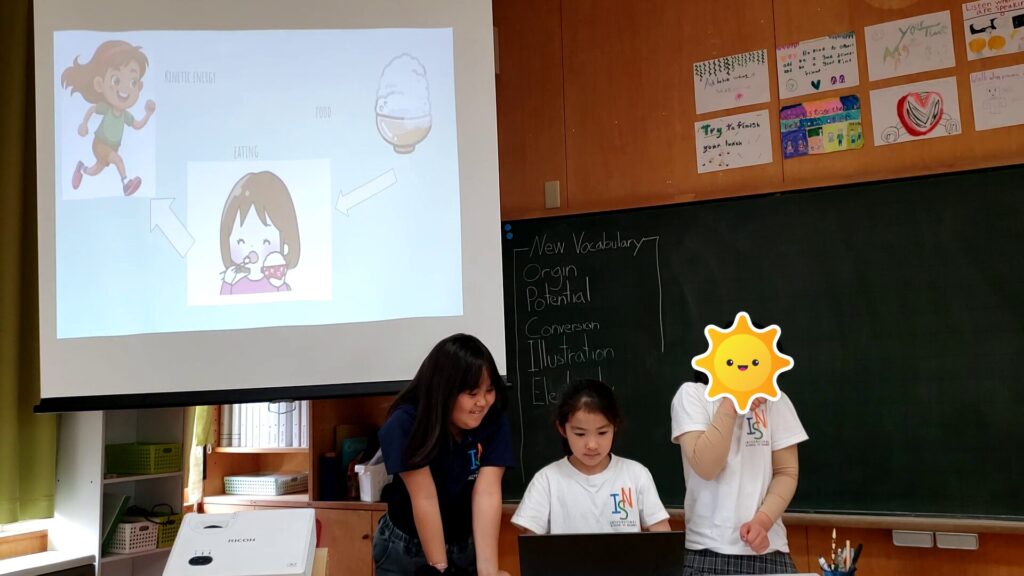
Learning grammar through stories
This week, our Grade 3–5 students took a big step forward in their narrative writing projects by diving into setting creation. After learning how to build characters in earlier lessons, it was time to imagine the world those characters live in.
Before the writing work began, we learned about two helpful grammar tools that make settings stronger: prepositions and sensory language.
Prepositions are words that tell us where something is. They help explain location and position. Some examples we practiced are: in, on, under, behind, and next to. For example:
The windmill stands next to the house.
There is a solar panel on the roof.
Sensory language means describing what something looks like, sounds like, smells like, feels like, or tastes like. These details help readers imagine the world more clearly. We practiced simple examples such as:
The sky is bright and blue.
You can hear the wind blowing through the trees.
The ground feels soft under your shoes.
After practicing these tools, students worked in groups to complete an assignment that asked them to imagine a world where energy is all around. They created a setting that used a special kind of energy and described what it looked like, sounded like, smelled like, and felt like. They used a five senses chart to help organize their ideas and shared them with their group.
Following this group activity, each student created their own setting that they will use later in their story. They wrote a paragraph using prepositions and sensory language, and many chose to draw their setting on paper as well. These creative ideas will become the backgrounds for the characters and adventures they are preparing to write about.
This lesson helped students practice grammar in a fun, creative way while building toward their final story project.
Emergency drill
This week, we had an emergency fire drill in collaboration with HUBLIC, and it was a valuable learning experience for everyone. Firefighters visited our school to teach us about fire safety and how to use a fire extinguisher properly. The Grade 3, 4, and 5 students even had the chance to do some hands-on practice, learning how to aim and spray the extinguisher safely. It was a great opportunity to learn important safety skills in a calm and controlled environment.
